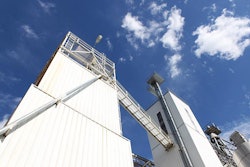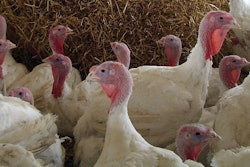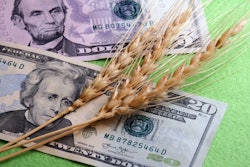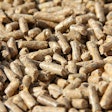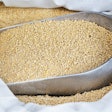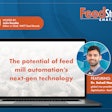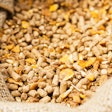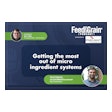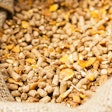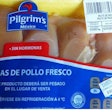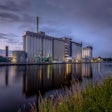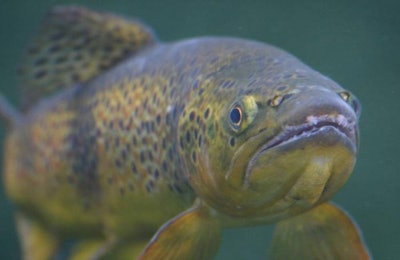
Panel of salmon feed producers see place at the table for myriad new ingredients
Scared from years of reliance on finite fish oil and meal supplies, salmon and salmon feed producers say they’re looking forward to the diversity of alternatives now coming to market — and don’t expect one new ingredient to become dominant over the others.
Utilizing a larger “basket” of ingredients has become an area of focus at Cargill Aqua Nutrition, according to Lindsay Pollock, sustainability manager for Cargill Aqua Nutrition’s North Sea region. This approach not only improves the reliability of their feed production, Pollock said, but also enables them to cater to diverse customer needs while reducing the company’s environmental footprint.
“We have moved away from a single ingredient focus so we can meet needs of many different types and choose the formulations,” she said during a panel hosted by F3 Future of Fish Feed.
Pollock said Cargill Aqua Nutrition, which she said produces about 1.2 million tons of salmonid feed annually, has reduced inclusion of marine ingredients by 80% throughout the past 20 years. In March, she said, the company also announced a goal to reduce its greenhouse gas emissions by 15% by 2026.
The pursuit of more sustainable, fishmeal-free salmon diets isn’t necessarily a new ambition, according to third generation feed manufacturer Bill Cramer, president of Star Milling in California. In 2014, he said, his company was approached about producing a fish-free diet for a trout farm looking to sell sustainable products into local specialty stores and restaurants, and the family business continues to produce these specialty diets to this day.
What has changed over the years, Cramer continued, is the availability of viable alternatives to fish meal and fish oil. Originally, Star Milling used nut meats they sourced locally from packers who had broken nuts they couldn’t sell through their usual channels. Those worked well in the trout diets, he said, but they were difficult to source and hard to work with due to the lack of standardization. Today, he said, their formulas mostly contain fermented vegetable proteins from corn and barley, which are still expensive but more widely available.
Feeding salmonids without marine feed ingredients “can be done,” Cramer said. “It’s being done. It’s on a very limited basis though, and it’s for fish producers with very specialized markets that are rather small, but the development process is there and it’s rather fascinating.”
But one size does not fit all, according to Jesse Trushenski, chief science officer at rainbow trout producer Riverence. Trushenski said Riverence has experimented with fermented proteins as well as insect proteins and algal meals and oils, and sees promise in all these ingredients. But for large producers like Riverence, America’s largest producer of rainbow trout, Trushenski said many of these ingredients have yet to achieve the level of scale necessary to prove viable in diets for large-scale aquaculture.
“With the amount of fish we produce each year, even the most perfect ingredient, if it’s not available at scale, is not going to help us,” she said.
Vegard Denstadli technical director for BioMar Norway‘s salmon division, also noted that these emerging ingredients can have a variable environmental footprint depending on where or how they are produced. If an insect farm is powered by coal power, for example, it won’t come with the same environmental benefits as if it were powered by hydropower.
But these alternatives are still useful, Denstadli said, not only because they help alleviate the “bottleneck” imposed on salmon production by limited global supplies of fishmeal and fish oil, but also because they allow producers the flexibility to construct specific diets optimized for nutrition, cost and environmental impact without restrictions imposed by over-reliance on a handful of ingredients.
“It is possible to have fish-free feeds,” Pollock said, “but I think the overarching issue is to have sustainable feed and have sustainable ingredients coming into the basket.”


